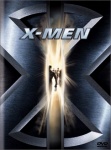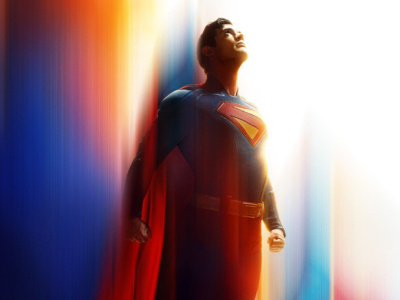
DVD is well on its way to becoming the most quickly adopted electronic format in history, but we are still in the infancy of the DVD era so studios are still trying out new strategies. Two recent trends that have been noticed by industry publications such as Video Business are the lowering of SRPs on catalog (backlist) titles and an increasing interest in 'pan & scan' versions that utilize the entire television screen. The first of these trends may eventually be of considerable importance to pop culture retailers.
The lowering of prices on products that have been out in the marketplace for awhile is a fact of life in the entertainment business (unless you are dealing with an inelastic supply of 'collectible' merchandise). With the enormous number of new DVD releases set for the fourth quarter of 2001 (see Tomb Raider Leads Rush to DVD), which includes all the summer blockbusters as well as boxed sets for the Godfather films, The Simpsons Season 1, and The X-Files Season 4 to name just a few, studios are going to have to do something to spur sales of the DVDs that have been out for a while. Since DVDs are actually cheaper to produce than VHS videotapes, the studios have lots of room to maneuver and still make a princely profit. Some of the studios, such as 20th Century Fox, that have consistently priced their offerings quite high are in the process of dropping the SRPs on their catalog titles below $20. Universal is experimenting with dropping a portion of its less-in-demand titles to below $15, something that MGM has already done on a wide range of titles. According to the DVD Release Report, the average price of a catalog disc is now under $20, a drop of 10% in the past year. Meanwhile the number of 'budget DVDs' that sell for under $10 is already 70% ahead of last year's total.
Catalog sales can be a real boon to pop culture stores, which can choose the titles that fit in with the theme and product mix of their stores. In place of the fierce price competition that comes with the much ballyhooed release of the latest blockbuster, pop culture retailers will face a much less price competitive environment when dealing with backlist titles, since the Best Buys and Wal-Marts will be concentrating on selling the most Shrek or Pearl Harbor DVDs. Fox recently lowered the SRP on the X-Men and Predator DVDs, which certainly should provide some opportunities for pop culture retailers. After all, the steady sales of DVD hardware indicate that there is a steady influx of new DVD consumers, who may not have even had a machine when those films first appeared on DVD.
The second trend that industry observers have noted is not a clear-cut winner for pop culture retailers. As DVD becomes more of a mainstream medium, the studios have noticed that, especially with family films, consumers often opt for a 'pan & scan' version that fills up their entire TV screen rather than a widescreen anamorphic transfer that leaves much of the TV screen black. Thus studios are increasingly coming out with two different versions of a DVD, widescreen and pan & scan. Since the majority of folks that shop in pop culture stores are most likely concerned about getting the material in a format that is closest to the original theatrical version, the widescreen version would seem to be appropriate in most cases. In the future, increased storage space on the disks may permit studios to include both wide screen and pan & scan versions of the film (some disks are already formatted like that), but until then retailers will probably have to offer both versions to their customers, especially if they can entice their customers to pre-order DVDs.







